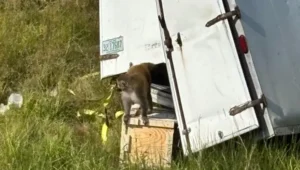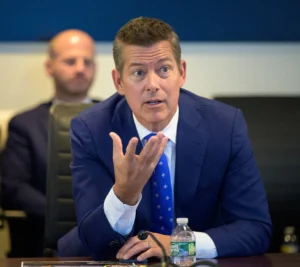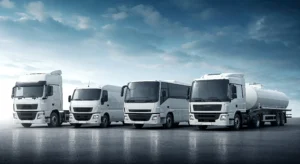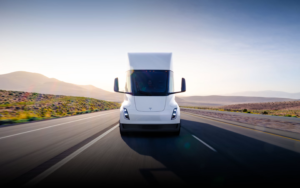Aurora Innovation decided to place a human driver back behind the wheel of its heavy-duty trucks in Texas.
In recent years, Aurora Innovation has positioned itself as one of the leading developers of autonomous vehicles. With its Aurora Driver system, the company began testing autonomous heavy-duty trucks, which later started operating on public roads under specific guidelines. However, in recent months, the industry has faced new challenges.
Recently, Aurora Innovation decided to place a human driver back behind the wheel of its heavy-duty trucks in Texas, reversing course less than three weeks after launching commercial autonomous service in the state.

The “safety driver” returns to the cab
Aurora deployed its autonomous driving technology in Texas on April 27. However, operations have so far been extremely limited. During a May 8 conference, Aurora CEO Chris Urmson revealed that the initial deployment on Interstate 45 between Dallas and Houston included only two driverless trucks. These operated exclusively during daytime hours and were taken off the road even in light rain. Together, the trucks traveled approximately 6,000 kilometers (about 3,700 miles), averaging around 250 miles per day each.
Although the operation was promoted as “driverless,” some of the trucks still had a human occupant to comply with federal regulations, such as the requirement to place warning devices around the truck in case of a stop. These initial limitations highlight the significant technical and regulatory hurdles Aurora still faces.
The recent decision to move the “safety driver” from the rear of the cab to the driver’s seat was made at the request of Paccar Inc., the truck manufacturer, according to a statement from Aurora CEO Chris Urmson released on May 16. While the Aurora Driver system will continue to control the vehicle, the person onboard will be able to intervene if necessary.
Urmson stated that after conducting more than 2.7 million tests and meeting over 10,000 requirements, Aurora is confident there is no need for a safety driver in the cab. However, given that Paccar is a long-standing partner, the company decided to honor their request.

Potential disagreements between Aurora and Paccar
The May 16 statement suggests that Aurora and Paccar may have disagreed on the need for a human operator during the early stages of the commercial autonomous service. According to Urmson, Paccar requested the change due to the use of prototype components in the trucks.
Furthermore, a short-seller report by Bleecker Street Research published on May 14 claimed that Aurora had not yet received formal approval from Paccar to commercialize its autonomous trucks. The report also stated that the truck manufacturer believes the technology will take more time before it’s truly ready for large-scale deployment.

Truck Transport of Live Animals for Research: Lessons from the Mississippi Monkey Incident
The transport of live animals for research is under renewed scrutiny after a truck carrying rhesus monkeys overturned in Mississippi, allowing several to escape. This article explains what went wrong, how these transports are supposed to operate, and what lessons the trucking industry can take away.

Halloween activities for truck drivers: take the fun on the road
To celebrate this holiday safely while keeping the fun alive, we’ve put together a list of activities truck drivers can do to embrace the spirit

Secretary Duffy unveils new measures to strengthen trucking safety and compliance
In a press conference, Duffy pledged federal effort to eliminate fraud and improve trucking safety standards. On the morning of October 31, U.S. Secretary of

Rain and Early Snowfall: Weather Alert Issued for U.S. Highways This Weekend
Rain and early snowfall are prompting a weather alert for U.S. highways this weekend, with heavy storms expected across the South and early-season snow developing over the Rockies and Northern Plains.

Truck classification: a guide to the world of road transport
Understanding the vehicles we share the road with allows us to better appreciate the work and responsibility of those behind the wheel. Let’s talk truck

The highly anticipated Tesla Semi gears up for its official arrival in 2026
Following the release of Tesla’s third-quarter 2025 financial results, the company confirmed that the Tesla Semi is getting closer to its official debut. One of
